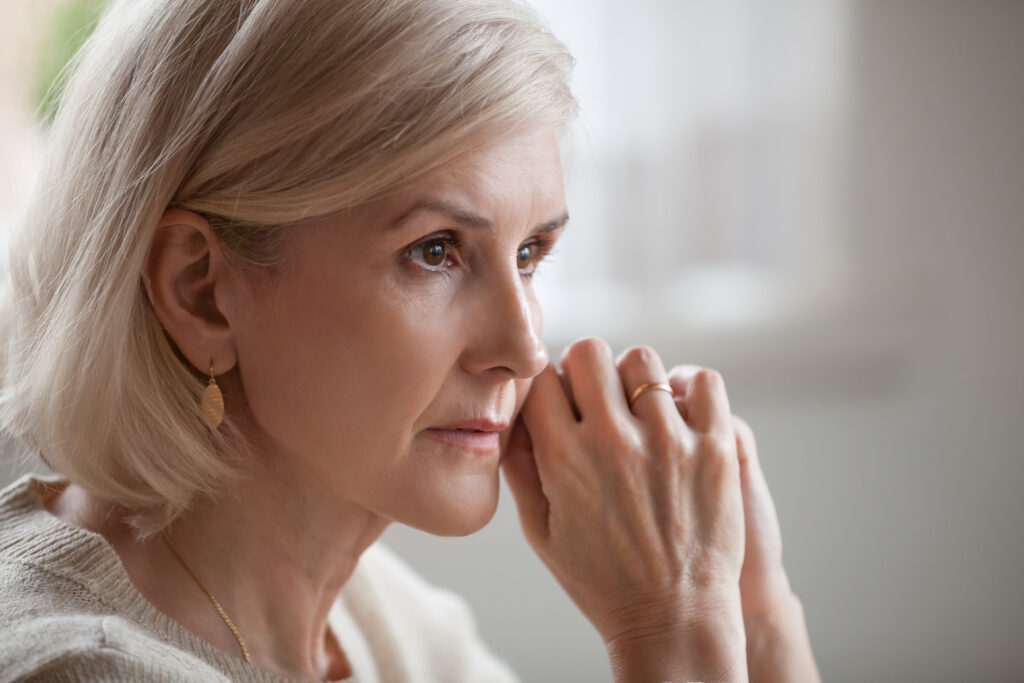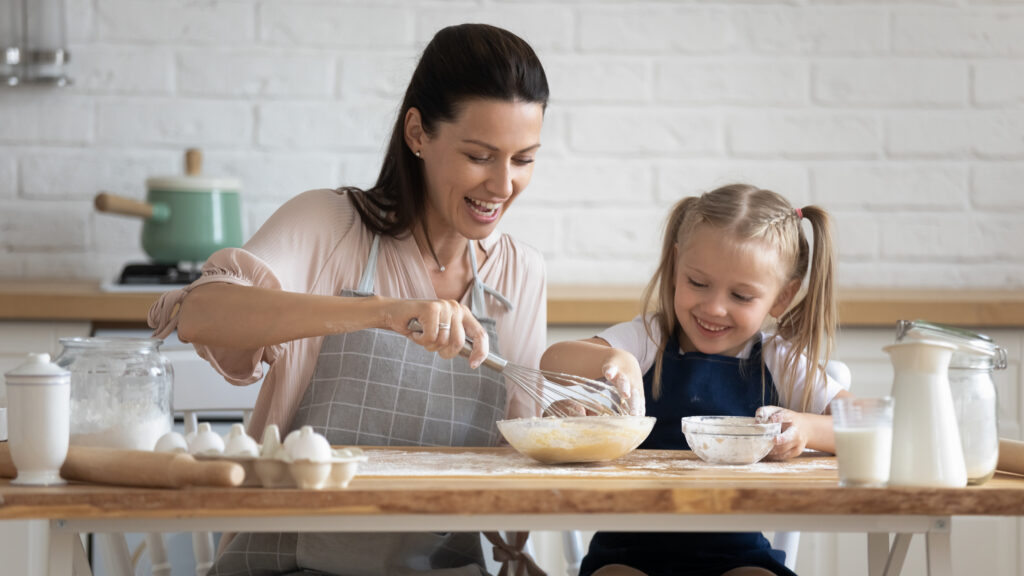By: Carolyn Myers & Lindsey Butkus

“I was wiped” after only 12 minutes into a 30-minute set of basic exercises, reported Tom Hanks referring to his fatigue during his journey back from COVID-19 (Variety, 2020). “I just felt like I got hit by a truck. All the energy was gone,” stated Leah Blomberg, another COVID-19 survivor (CNN, 2020). Blomberg goes on to say, “What used to be a 15-minute shower ‘is now 45 minutes…and that’s trying to do everything as quickly as possible.’” (CNN, 2020). Morrison, a web developer, stated that she “slept through most days. The virus completely wiped her out, zapping away her energy for 12 days.” (Healthline, n.d.). Fatigue is one of the common symptoms of COVID–19 (Harvard, 2020). Very often, extreme fatigue is the first symptom to appear (NBC News, 2020). Regardless of degree of severity or length of duration, the use of energy conservation principles will be imperative to get the most accomplished, without becoming exhausted, until the individual has completely recovered.
What is Energy Conservation?
Energy Conservation principles include reducing activity burden through pacing, pursed-lip breathing, environmental modifications, and assistance. The following tips from The Home Modification Occupational Therapy Alliance (HMOTA) will help survivors safely regain their former level of independence and engage in meaningful occupations as they continue to build stamina for everyday life.
- Sit to Complete Your Activities of Daily Living (ADLs):
- Us a shower chair for bathing.
- Use a handheld shower sprayer while showering.
- Sit on a stool at the bathroom sink for grooming tasks.
- Consider air drying your hair instead of holding a hair dryer overhead.
- Sit while dressing.
- Gather all items before beginning a task to eliminate trips.
- Sit during kitchen tasks.

- Reduce Use of Stairs: climbing stairs takes a lot of oxygen and energy.
- Limit trips to one time a day at first and gradually increase week by week (or as tolerated).
- Ensure you have everything you need (ie glasses, phone, book, etc) for the day before going to the main living floor so you only have to return up the stairs for bedtime.
- Conversely, consider living on the same floor as the bathroom and kitchen until you can safely and independently climb the stairs without shortness of breath or exhaustion.
- Plan Your Day or Week Ahead: Preparation can help you prioritize your activities so you have the energy for the activities you really need or want to do. Here are some ideas to consider.
- Plan a shower before bed, or get dressed at a time other than immediately before or after breakfast to lessen the demand on your bodily systems.
- If you have to go out (i.e. to the doctor or to a store), plan to go out on a different day than other strenuous activities such as showering or meal preparation.
- Plan meals ahead and prepare extra so that you will have leftovers and therefore less meal preparation on subsequent days.
- Lighten the load of cleanup by keeping dishes on the countertop, rather than putting them into high or low cabinets which might require a big reach.
- Consider light-weight single-use dishes to lessen the cleanup time.
- Pursed-lip Breathing. Even normal, everyday activities may leave you feeling out of breath. To relieve shortness of breath, release trapped air in the lungs, slow your breathing rate, and improve relaxation, follow this breathing exercise (Cleveland Clinic)
- Relax neck and shoulder muscles
- Breathe in through the nose for a count of 2, does not require a deep breath, normal will do (such as smelling a flower)
- Breathe out through pursed lips for a count of 4 (such as blowing a candle to make it flicker)
Practice pursed-lip breathing 4-5 times while relaxed to have improved ease of breathing during difficult tasks such as lower body dressing or grooming hair.
5. Stress Management: Management of stress levels is necessary because constant stress can add to energy depletion (Courtney & Escobado, 1990). Try these steps to reduce stress levels.
- Do light exercise and stretching
- Identify and label emotions
- Engage in leisure activities you enjoy
- Perform deep breathing & progressive muscle relaxation
- Try visual imagery such as picturing a happy memory or a favorite place
Home Modification Occupational Therapists specialize in helping you modify your home and your routines to help you transition from hospital to home.
Written by:
Carolyn Myers, OTR/L, CAPS, ECHM, HMOTA, Safe Surroundings, LLC, Flora, Illinois and Springfield, Missouri
Lindsey Butkus, OTR/L, HMOTA, Move Fullest LLC, Cincinnati, Ohio
Edited by:
Kathy Subasic, PhD, OTR/L, ECHM, HMOTA, Forever Home, LLC, Hartford, CT www.foreverhomect.com
References:
Cleveland Clinic (2018, September 14). Pursed lip breathing. https://my.clevelandclinic.org/health/articles/9443-pursed-lip-breathing
Courtney, C., & Escobedo, B. (1990). A stress management program: Inpatient-to-outpatient continuity. American Journal of Occupational Therapy, 44(4), 306-310. doi: https://doi.org/10.5014/ajot.44.4.306
Edwards, E. & Guerguerian, R. (2020, April 2). Muscle aches, extreme fatigue: Coronavirus symptoms go beyond fever and cough. NBC. https://www.nbcnews.com/health/health-news/muscle-aches-extreme-fatigue-coronavirus-symptoms-go-beyond-fever-cough-n1173876
Harvard Health Publishing. (2020, March; updated April 22, 2020). COVID-19 basics: Symptoms, spread and other essential information about the new coronavirus and COVID-19. https://www.health.harvard.edu/diseases-and-conditions/covid-19-basics
Healthline. (n.d.) What it’s like to have a ‘mild’ case of COVID-19. https://www.healthline.com/health-news/what-its-like-to-survive-covid-19
Pezenik, S. & Dastmaichi, L.N. (2020, April 17). Why are so many COVID-19 patients also seeing blood clots? ABC. https://abcnews.go.com/Health/covid-19-patients-blood-clots/story?id=70131612
